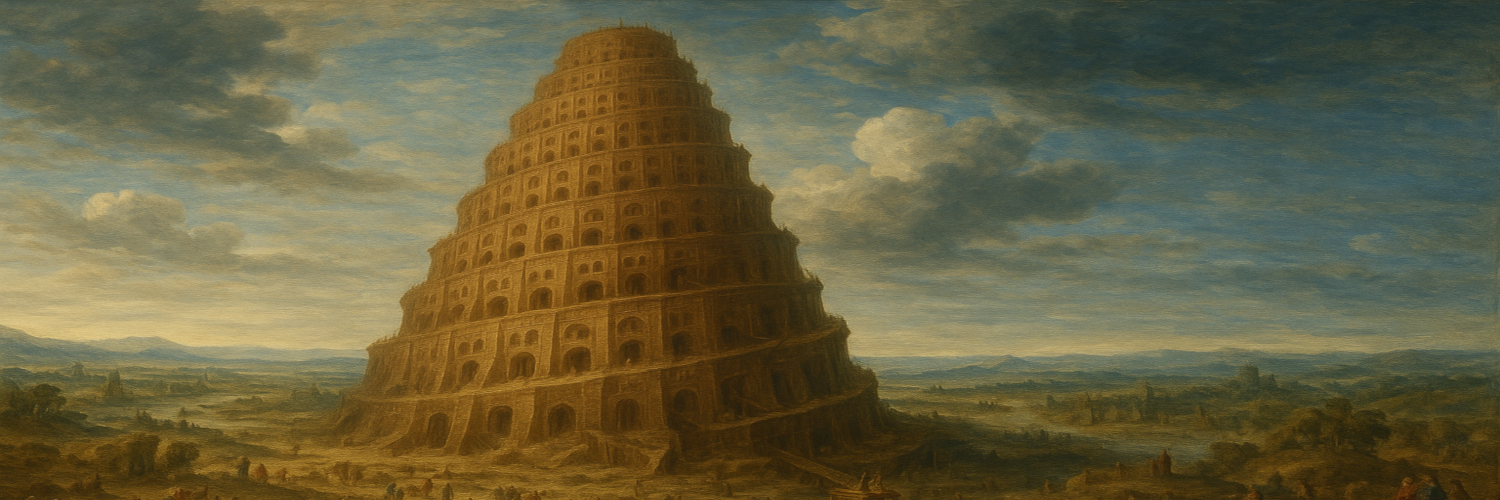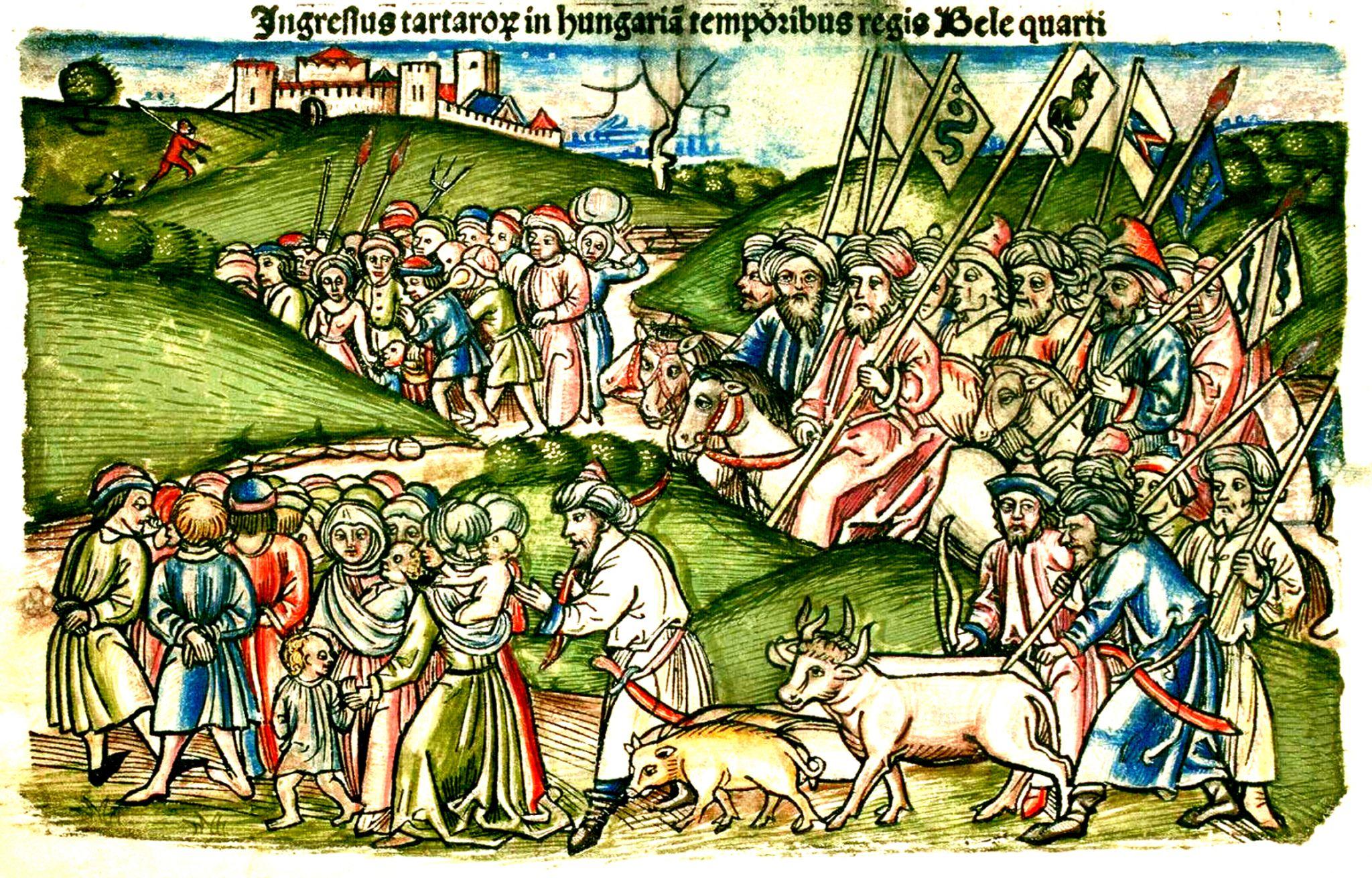Solving the Murder Mystery of Béla, Duke of Macsó, through Forensic and Genetic Archaeology





In the shadows of a medieval Dominican monastery on Margaret Island in Budapest, an extraordinary tale of murder and political intrigue is resurrected through groundbreaking forensic and bioarchaeological investigations. The male remains discovered in 1915 may belong to Béla, Duke of Macsó, a prominent 13th-century noble. This isn't just an archaeological discovery; it's a time capsule of political drama from the depths of European history.
The adventure began in the halls of a 13th-century monastery, where Duke Béla of Macsó's skeleton was uncovered during an excavation. Historical records showed that these remains, found within sacral confines, spoke of high status through grave goods and possible associations with Hungary's royal lineage. This wasn't any ordinary resting place but a dramatic marker of a tumultuous past. The Dominican nunnery on what was then known as the Island of Hares served as the backdrop for one of medieval Europe's most calculated political assassinations.
Born around 1245 as a member of two illustrious dynasties—the House of Árpád and the Rurik dynasty—Béla was thrust into the heart of medieval European power struggles. His mother, Princess Anna, championed his cause in the civil wars of the era, standing against her own brother, King Stephen V. The young duke's military exploits began early, leading armed forces against his uncle Stephen V in 1265, barely in his twenties.
The examination of the bones revealed 26 perimortem injuries, offering a sinister tableau of an assassination. Expert analysis suggested that multiple assailants were involved in Béla's demise, hinting at a power struggle within Hungary's noble class. The grave, therefore, becomes a site of historical re-enactment, piecing together a savage closure to a life lived amidst medieval politics. Forensic assessments unveiled a ghastly tale of betrayal and ambush, with attacks from sabers and longswords leaving their brutal signatures carved into Béla's very bones.
In a dramatic twist of fate, Duke Béla was summoned to what he believed was a council at the nunnery. This supposed council turned out to be a well-planned trap, orchestrated by pro-Ladislaus lords, including the notorious Henrik of the House of Héder. The assault was teeming with rage, evidenced by forensic investigations revealing wounds indicative of an orchestrated attack involving at least three assailants. The motives were clear: eliminate a rival and seize his estates, which were subsequently divided among the conspirators.
The high-status diet reflected through analysis of dental calculus and isotope ratios painted a portrait of a man of considerable standing. Radiocarbon dating confirmed the mid-13th-century timeline, consistent with medieval records, even as a rich diet gave complexity to carbon interpretations. The forensic narrative of Duke Béla, with its detail, breathes life into the dry bones, allowing us to visualize the young man's stature and dramatic final moments.
An examination of the nobleman's dental calculus divulged a diet rich in animal proteins and elite staples like wheat and barley, fitting for one of his standing. The skeletal features, aged between 23 to 25 years, aligned with the life span of Duke Béla, painted a picture of high aristocracy. Isotopic analysis allowed researchers to reconstruct Béla's life like tracking a royal feast menu, aligning perfectly with what we've come to expect of medieval aristocracy.
Strontium isotope analysis of Béla's teeth painted a story of geographic beginnings. Born in regions aligning with Vukovar or Sirmia, his early life whispers of the Banate of Macsó lands, an intimate connection between lineage and land, followed by a relocation to the territories around Budapest, illustrating the movement of medieval nobility.
Through cutting-edge ancient DNA techniques, scientists verified the Duke's descent from Hungary's Árpád dynasty and connection to the Rurikid lineage. This genetic footprint not only confirmed Béla's royal ties but also captured the cultural melting pot that was medieval Europe, reflecting Scandinavian, Eastern European, and Byzantine influences. The ancestral web captures Béla as a descendant of King Béla III of Hungary through his maternal line, while Y-chromosomal affiliations tie him to the Rurikid lineage through his father Rostislav.
Advanced ancient DNA analysis confirmed Béla's lineage, tracing his paternal ancestry back to the Rurik dynasty and maternal connections to the Árpád lineage, solidifying his place in European royal history. Genetic analysis highlighted intimate connections to both the Scandinavian Rurik dynasty and Byzantine heritage, underlining the interconnectedness and political maneuvers in medieval Europe. It's literally written in his DNA—a fascinating meeting of history and genetics that guides us through his blood ties spreading from Scandinavia to Eastern Europe.
The dental calculus, with its microscopic plant and animal remains, tells tales of wheat and barley, not just as staples, but as cultural mainstays of medieval daily life. Through intricate scientific analyses, each grain, microfossil, and isotopic signature provides insight into the people who walked these lands centuries ago. The tale of Duke Béla is a fascinating chapter of medieval history, entwined with lineage drama and territorial disputes.
This multidisciplinary study does more than solve a century-old mystery: it exemplifies the power of modern science to decode ancient stories, turning silent skeletons into vibrant narratives. The turbulent life and untimely death of Duke Béla of Macsó resonate beyond the confines of Margaret Island, offering poignant insights into the human narrative woven into history's tapestry. The scientific exploration into his abrupt end serves as a testament to the advanced methodologies in archaeology and bioarchaeology today, proving that historical figures often lived lives defined by the intricacies of power, loyalty, and betrayal.
This investigation not only pinpoints the life and violent end of Duke Béla of Macsó but stands as a testament to the meticulous confluence of archaeology, genetics, and isotopic science, inviting the past to speak in greater detail than ever before. This fascinating uncovering brings Duke Béla's story back to life and serves as an enduring example of the power of interdisciplinary collaboration in uncovering our ancestral past, making the intricacies of ancient DNA and historical lineage accessible through the union of history, genetics, and forensic science to decode the past with unprecedented clarity.
Comments